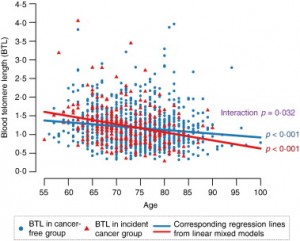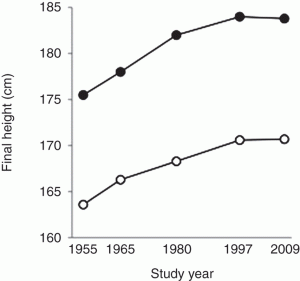Actually it’s about neuroscience in videogame journalism
Q: Why does Stuff think playing ‘Call of Duty’ increases the risk of Alzheimer’s disease? I didn’t think old people played violent video games much.
A: I don’t think Stuff does think anything in particular about it. They just reprinted that from the Telegraph and trimmed out the casual sexism.
Q: Ok, why does the Telegraph think playing ‘Call of Duty’ increases the risk of Alzheimer’s disease? I didn’t think old people played violent video games much.
A: It’s not so much about the games they play now as the ones they played 60 years earlier
Q: What video games did they play 60 years ago?
A: Not current people with Alzheimer’s; gamers now who might get Alzheimer’s in a few decades.
Q: Ok, so why will that happen?
A: Because video game players use response learning strategies for navigation in video mazes
Q: Why is that bad?
A: Because other research found people who used those strategies had more activity in their caudate nucleus.
Q: Is this going to start making sense soon?
A:. Yes. Sorry. The research found that when navigating a virtual-reality maze habitual game players used strategies that had previously been correlated with less activity in a part of the brain involved in memory and spatial awareness than normal people did. They apparently used different strategies involving other parts of the brain.
Q: And why is this a problem?
A: Because that part of the brain, the hippocampus, is less active in people with Alzheimer’s, as well as some other neurological and psychological disorders
Q: While they’re playing video games?
A: No, all the time.
Q: Couldn’t it just be that the video gamers have developed a more efficient strategy and that their hippocampuses are perfectly fine. Or hippocampi, whatever?
A: Yes, that could also be the case.
Q: I mean, if you saw people twitching their thumbs rapidly playing a video game it would be fine, but if they were just doing that while sitting around at meetings you’d worry a bit.
A: Indeed.
Q: Did the research look at memory or cognition at all?
A: No.
Q: Do they even know that these brain differences happened after playing video games? Could it be that people who don’t use that part of the brain for video navigation are just better at games?
A: It could be, yes.
Q: The story quotes the percentages using the parts of their brain to four significant digits. Does that mean there were tens of thousands of people in the research?
A: No.
Q: How many?
A: 59: about 30 in each group
Q: If this was true, could it explain why dementia is increasingly common?
A: No.
Q: Why not?
A: Partly because it’s too soon, and partly because dementia isn’t increasingly common at a given age, at least in the US and Europe. If anything, it’s less common. There are more cases now because there are more old people.
Q: It sounds like more research might be needed before writing international headlines about the risk of a terrifying disease.
A: You think?


